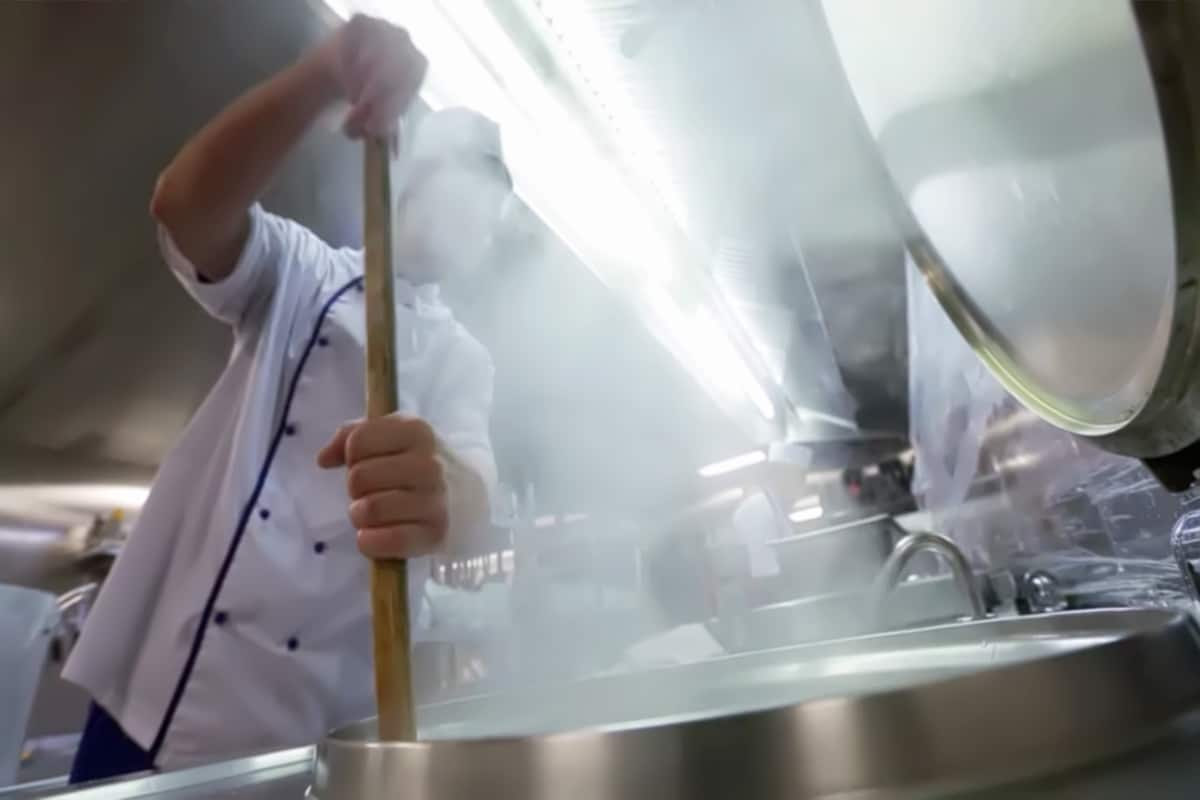Gastro Obscura investigates the historical journey of seafaring cuisine from the era of Columbus to the luxury of the Titanic, with insights from Simon Spalding, author of “Food at Sea: Shipboard Cuisine from Ancient to Modern Times.” Spanning from humble pots of gruel and rat meals to extravagant cruise ship feasts, onboard food has played a crucial role in human exploration, warfare, immigration, and trade, impacting the distance and survival of voyagers.
Key Points:
- Early voyagers like Columbus and Magellan dealt with poor dietary conditions onboard. Rations of hardtack, worm-ridden biscuits, and other provisions were common. Extreme cases had the crew resorting to eating rats.
- Food at sea evolved over centuries, reflecting the economic and cultural conditions of the time. For example, in the 13th-century Catalan-Aragonese fleet, the men received biscotti-like biscuits and a cooked mixture of garbanzo beans, onions, and a tiny bit of meat.
- The food situation on immigrant ships in the mid-19th century was challenging. Passengers were expected to bring their own food, and families had to compete for access to a single stove that was only allowed to be used during fair weather and daylight hours.
- By the 1880s, steamships had improved significantly in efficiency. On these ships, all food was prepared centrally, served to the passengers, and included in the ticket price, making the voyages less challenging.
- During the time of luxury ocean liners like the Titanic, class divisions were reflected in meal offerings. First- and second-class meals came from the same galley, with more extravagant ingredients for the higher class. The third class, however, was the more profitable due to its larger size, with hearty fare being offered to them.
Source: https://www.atlasobscura.com/articles/eat-like-vikings-and-other-ancient-seafarers









